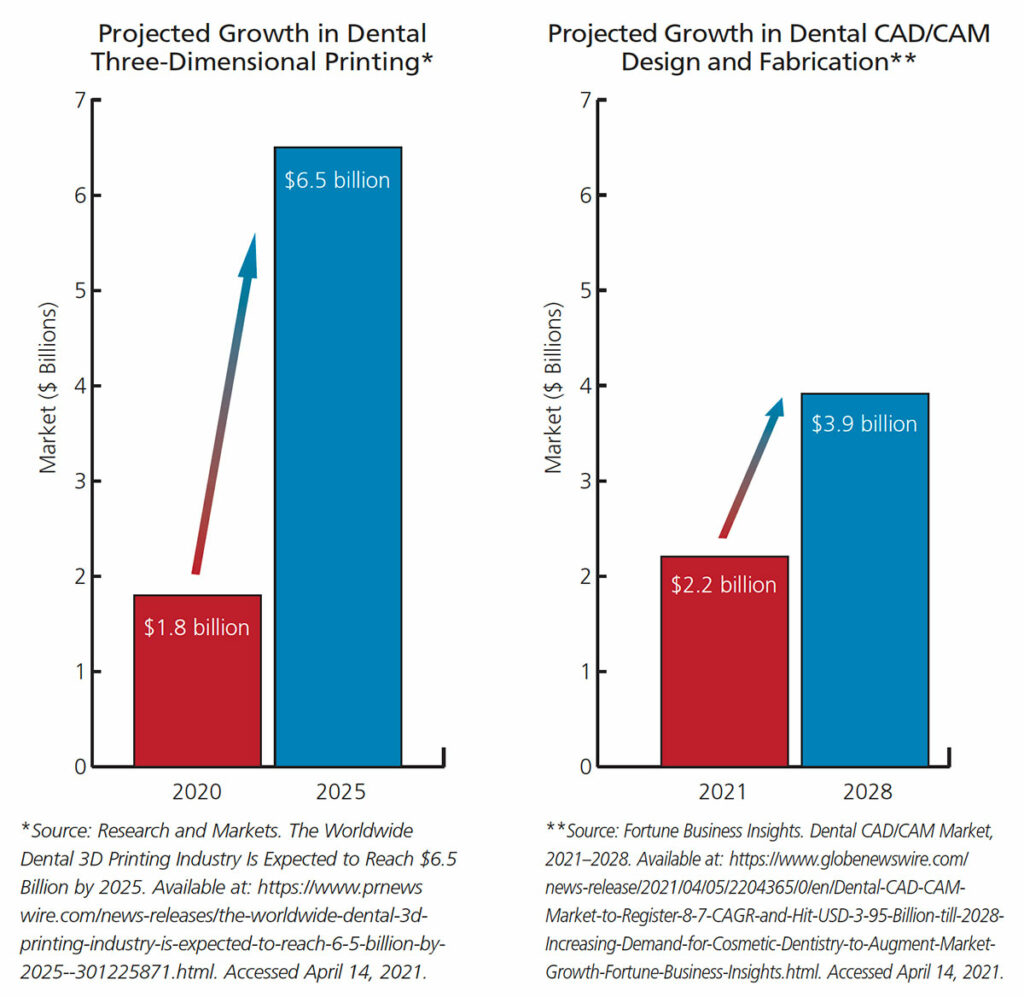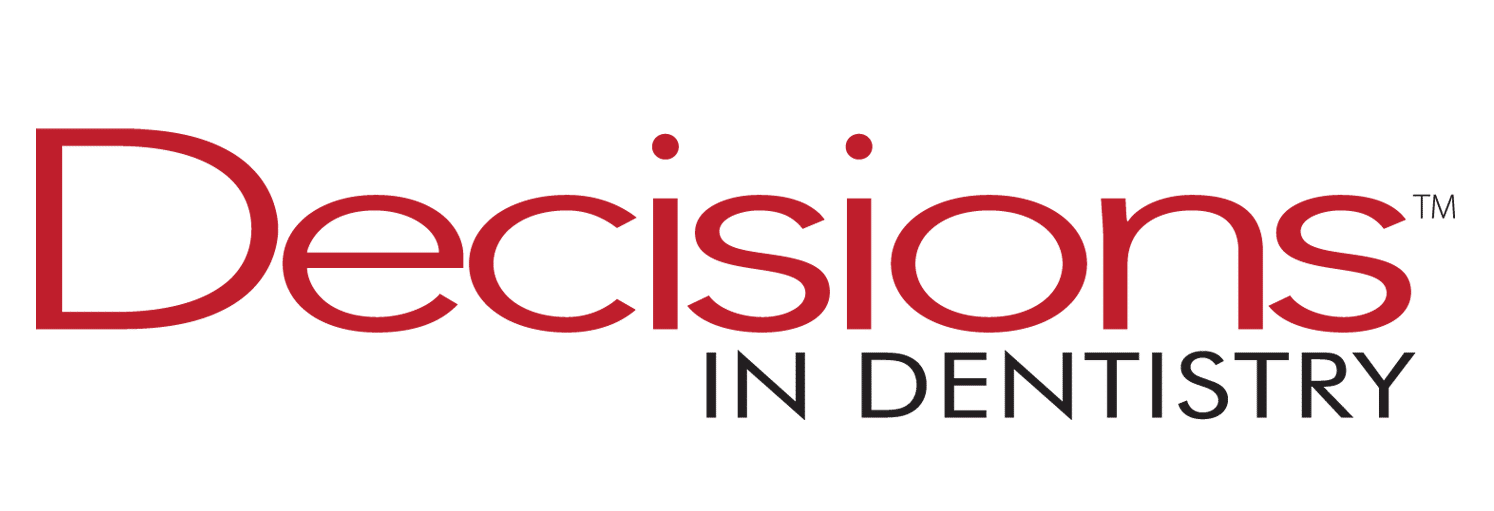Growing Demand Projected for Digital Dentistry
As more patients request perfect smiles or appreciate the time-savings of same-day restorations and appliances, dental offices are increasingly embracing in-office computer aided design/computer aided manufacturing (CAD/CAM) and three-dimensional (3D) printing technologies.
As more patients request perfect smiles or appreciate the time-savings of same-day restorations and appliances, dental offices are increasingly embracing in-office computer aided design/computer aided manufacturing (CAD/CAM) and three-dimensional (3D) printing technologies. Adding these capabilities to daily practice increases convenience for patients and dental teams by eliminating lab-associated delays for restorations, surgical guides and appliances, such as splints and orthodontics.
 According to Research and Markets, the global dental 3D printing market is projected to reach $6.5 billion (USD) by 2025, up from $1.8 billion in 2020. This meteoric boost in dental 3D printers will be fueled in part by an aging population and patients seeking restorative and orthodontic work, notes a report from Grand View Research. This growth signals increased acceptance by dentists and patients for in-office fabrication of fixed and removable prostheses, orthodontic appliances, occlusal devices and more.
According to Research and Markets, the global dental 3D printing market is projected to reach $6.5 billion (USD) by 2025, up from $1.8 billion in 2020. This meteoric boost in dental 3D printers will be fueled in part by an aging population and patients seeking restorative and orthodontic work, notes a report from Grand View Research. This growth signals increased acceptance by dentists and patients for in-office fabrication of fixed and removable prostheses, orthodontic appliances, occlusal devices and more.
Dental practices are also incorporating CAD/CAM into their workflow due to the benefits of in-office design and milling to both the business and patients. Dentists gain more control over restorations, and patients appreciate same-day definitive therapy. Research from Fortune Business Insights, “Dental CAD/CAM Market, 2021–2028,” projects the global dental CAD/CAM market will grow from $2.2 billion in 2021 to $3.9 billion by 2028. As mainstream use of in-office CAD/CAM and 3D printers increases, North America is expected to lead the global market share. Fortune Business Insights suggests that, among other reasons, favorable insurance reimbursement policies will help drive demand.

Also fueling growth is ongoing development of new materials that will allow 3D printing of permanent crowns and other prostheses, as well as open-architecture CAD/CAM software and mills that increase practice flexibility as dentists take fabrication in-house. Mainstream acceptance by patients and practitioners is likely to persuade even more dentists to invest in these technologies as they embrace the future of digital dentistry.
From Decisions in Dentistry. May 2021;7(5)46.


